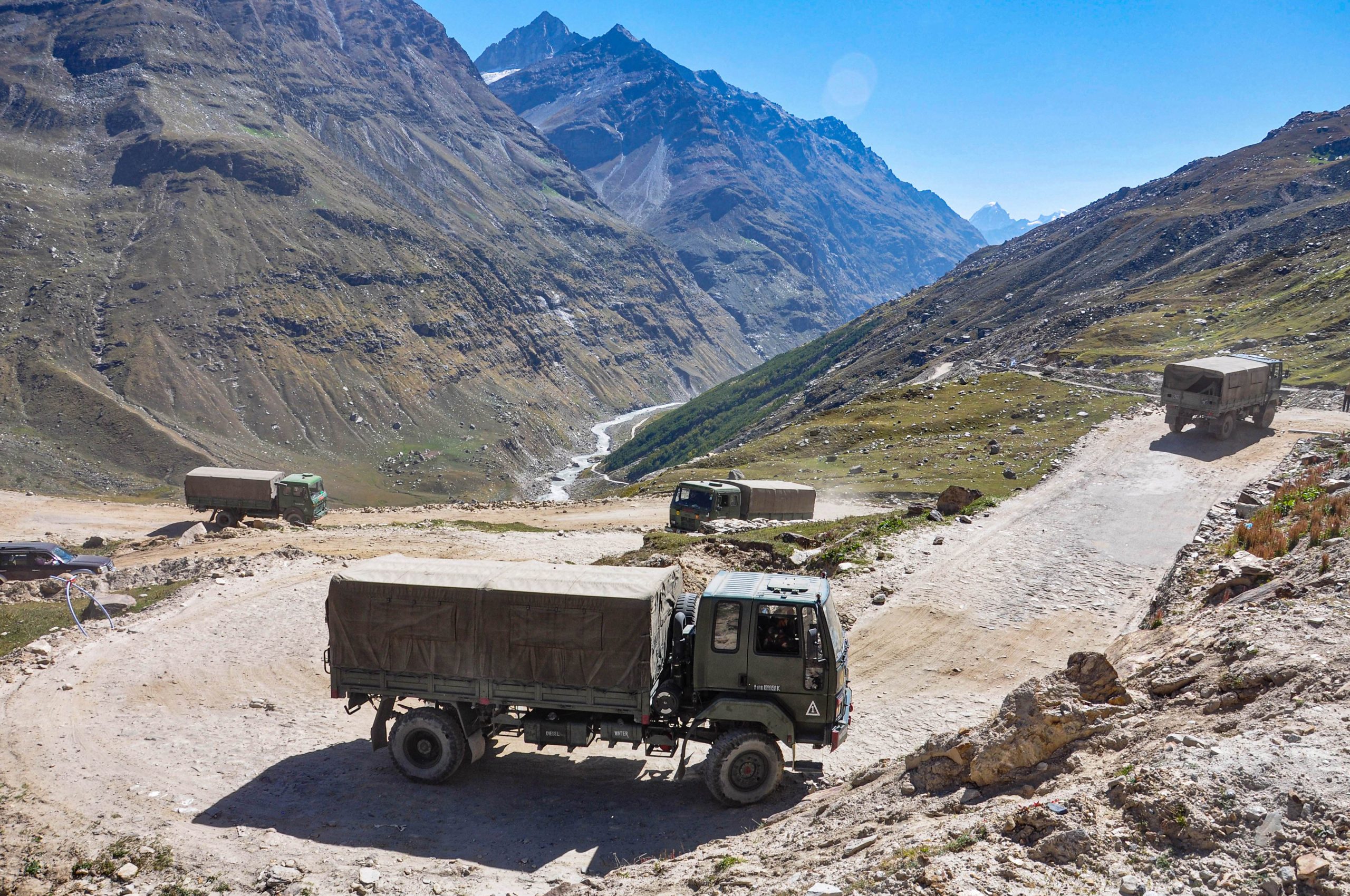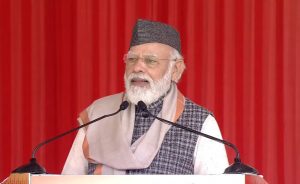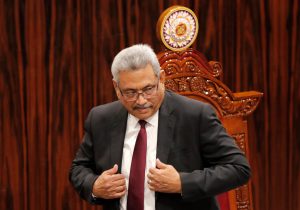The Ministry of External Affairs on Tuesday rejected China’s claim of unilaterally defined 1959 LAC. The MEA, in a statement said, “We have seen the report quoting a Chinese Foreign Ministry statement on China’s position on Line of Actual Control (LAC) in India-China border areas and we never accepted the so-called unilaterally defined 1959 LAC. The position has been consistent, well known; including to Chinese.”
The statement said, “The two sides had engaged in an exercise to clarify & confirm the LAC up to 2003, but the process couldn’t proceed further as Chinese didn’t show willingness. Therefore, the Chinese insistence now that there is only one LAC is contrary to solemn commitments made by them.”
Also Read | India, China decide to stop sending more troops to frontline in eastern Ladakh
According to the statement, under their various bilateral agreements, including 1993 Agreement on Maintenance of Peace & Tranquility along LAC, 1996 Agreement on Confidence Building Measures (CBMs) in military field, 2005 Protocol on Implementation of CBMs, 2005 Agreement on Political Parameters &Guiding Principles for settlement of the India-China Boundary Question, both India and China have committed to clarification and confirmation of the LAC to reach a common understanding of the alignment of the LAC.
The Indian and Chinese armies have been engaged in a border standoff in eastern Ladakh since June, however, the tensions between the two countries escalated manifold after 20 Indian soldiers were killed in a clash in Galwan Valley on June 15.
The situation further deteriorated following at least three attempts by the soldiers of the PLA to “intimidate” Indian troops along the northern and southern bank of Pangong lake area in the last three weeks, where even shots were fired in the air for the first time in 45 years.
The Indian and Chinese armies held the sixth round of Corps Commander talks on September 21 in the backdrop of deteriorating situation in the Chushul sector.
Also Read | Deciphering CHINA – the Nation and its SWOT
Following the incidents, India had occupied at least 20 strategic heights around southern and northern banks of Pangong lake.
In the talks, the two sides agreed not to escalate the situation by announcing a series of measures. However, there was no breakthrough on the disengagement process.
As the tensions escalated further, the foreign ministers of the two countries held talks on the sidelines of a Shanghai Cooperation Organisation (SCO) meet in Moscow on September 10 where they reached a five-point agreement to defuse the situation in eastern Ladakh.
The agreement was the basis for the sixth round of Corps Commander-level talks on Monday, which was also attended for the first time by a joint secretary from the MEA.
The agreement aimed at ending the tense standoff included measures like quick disengagement of troops, avoiding action that could escalate tensions, adherence to all agreements and protocols on border management and steps to restore peace along the LAC.







